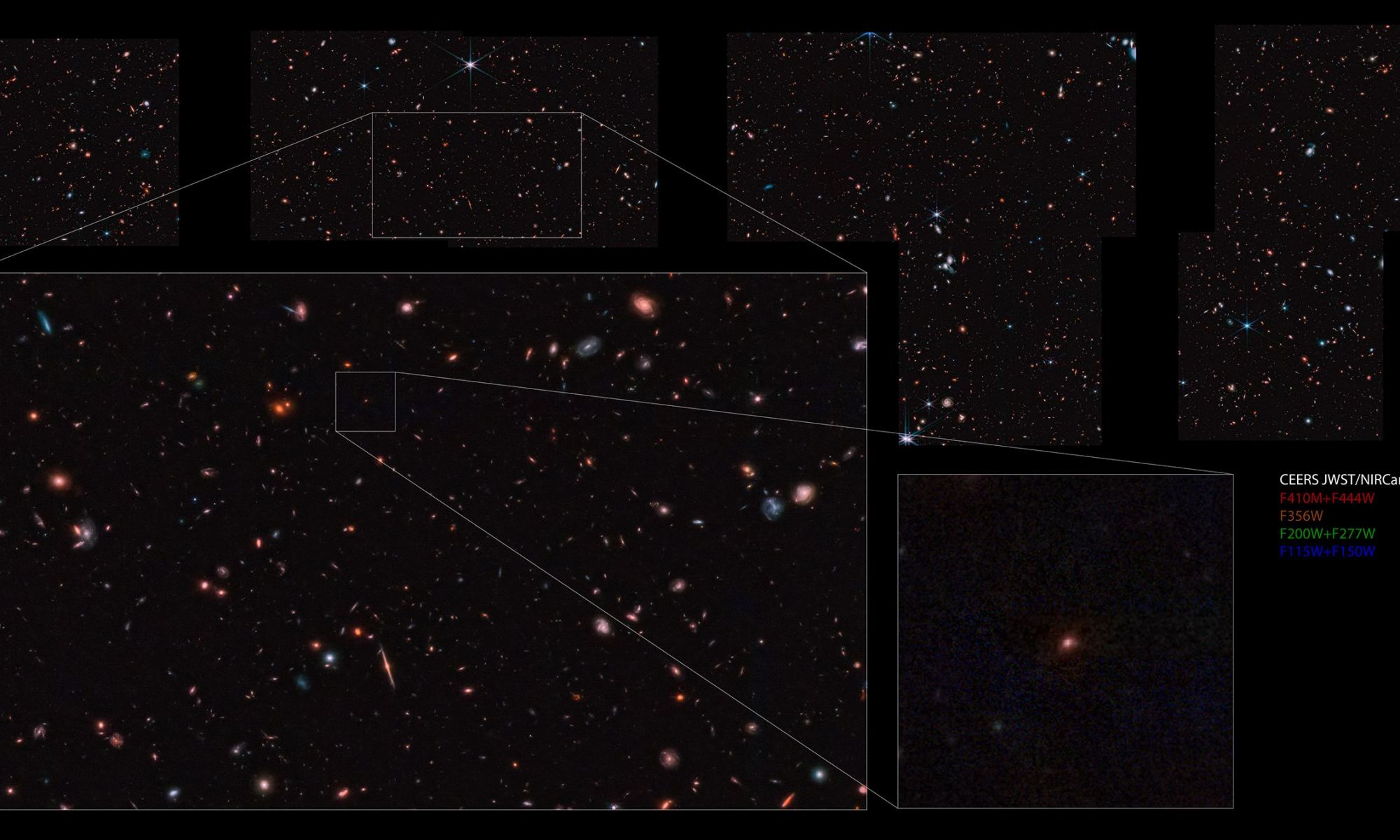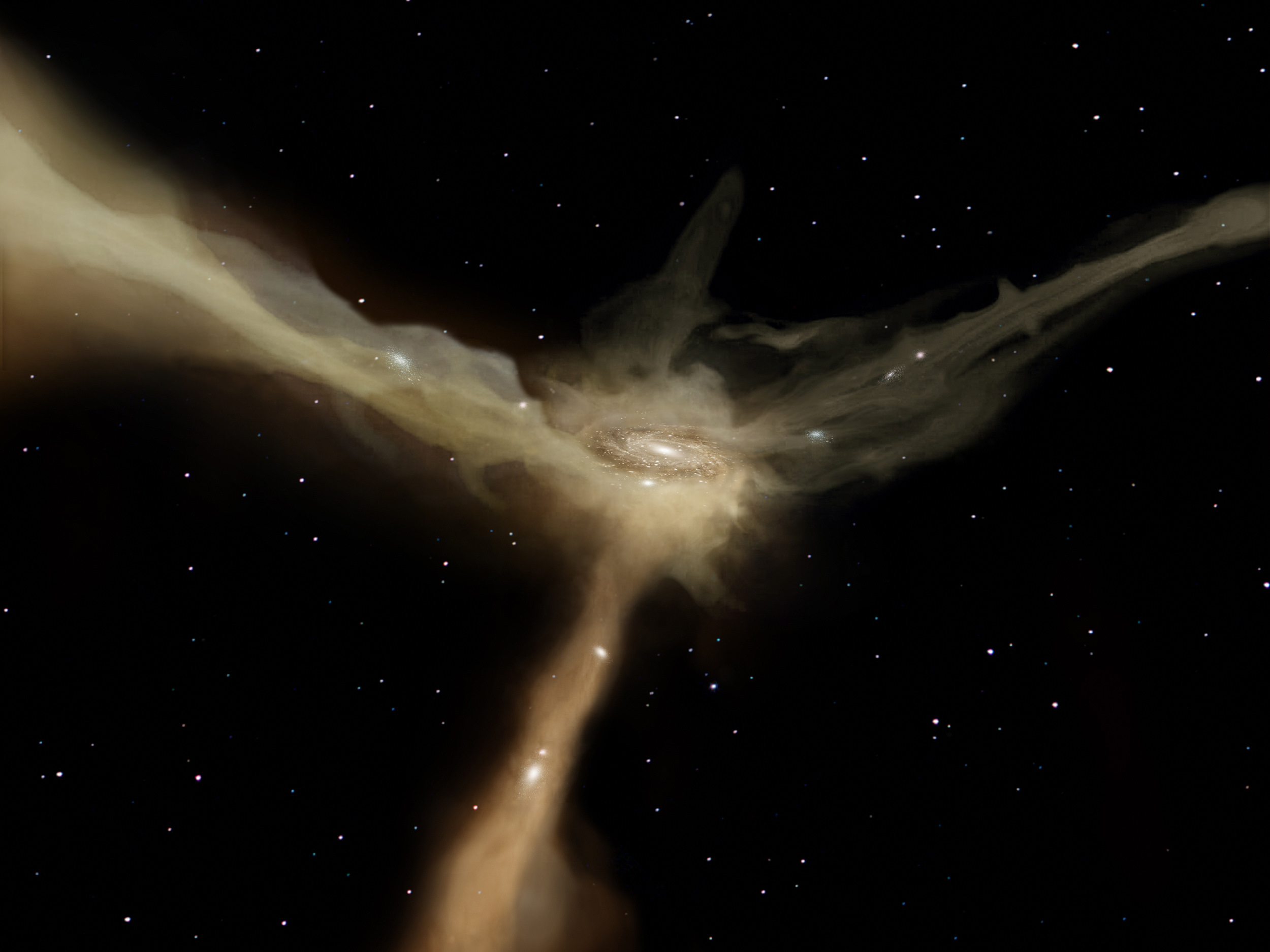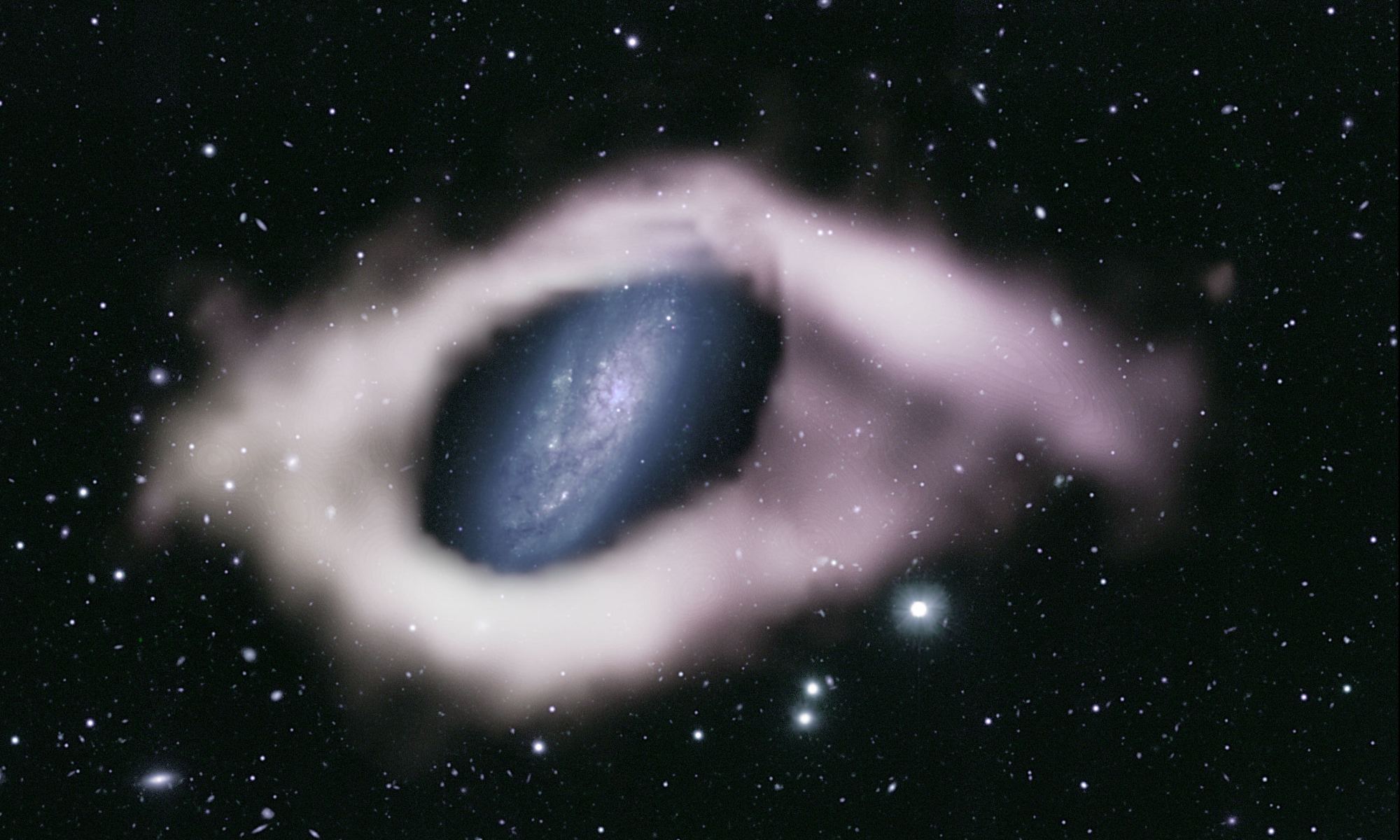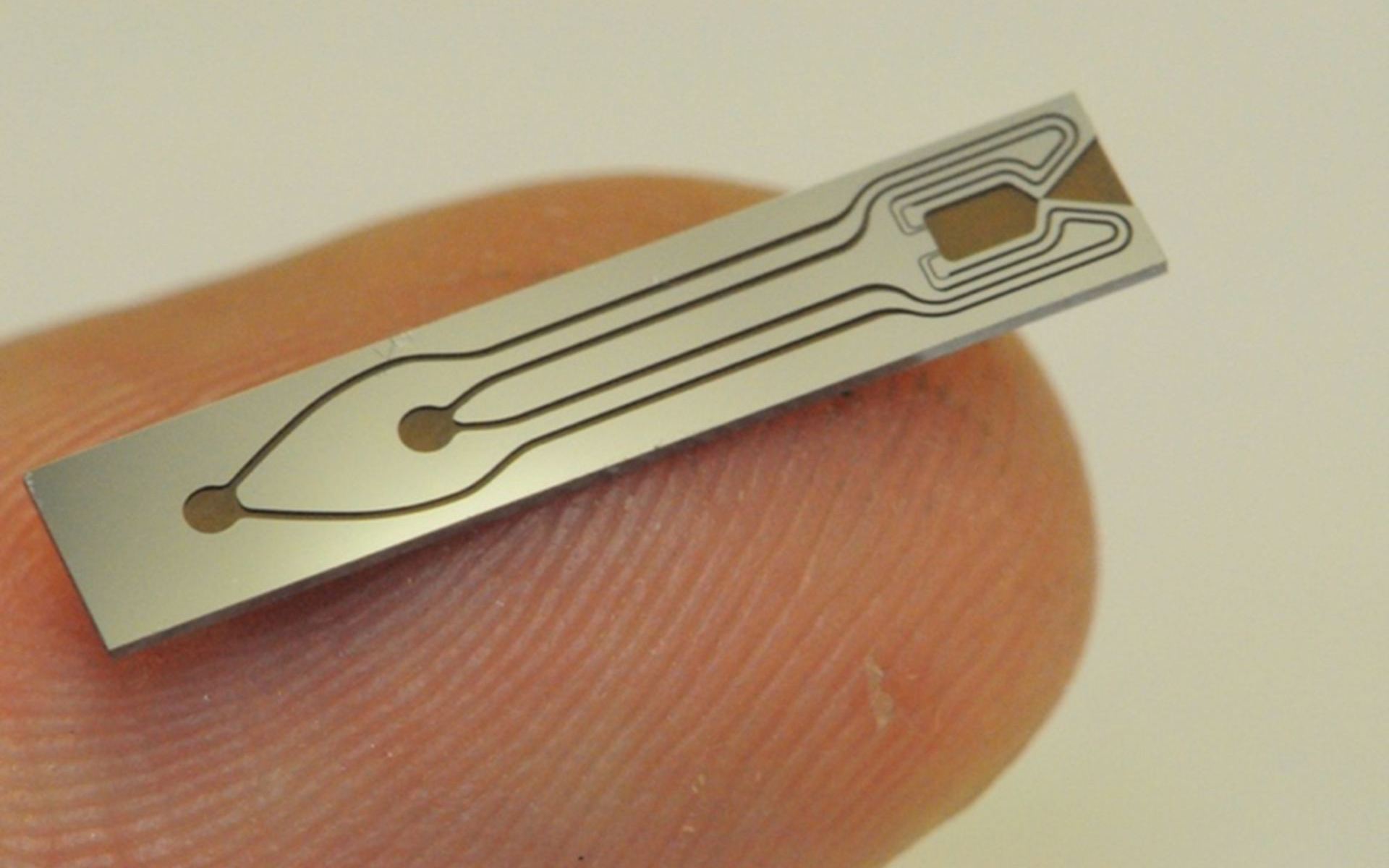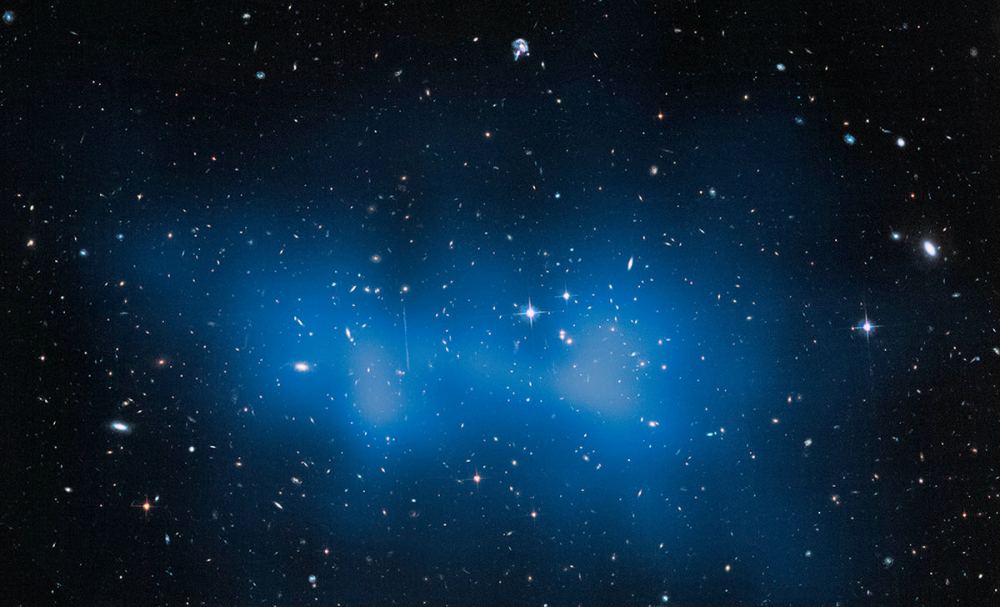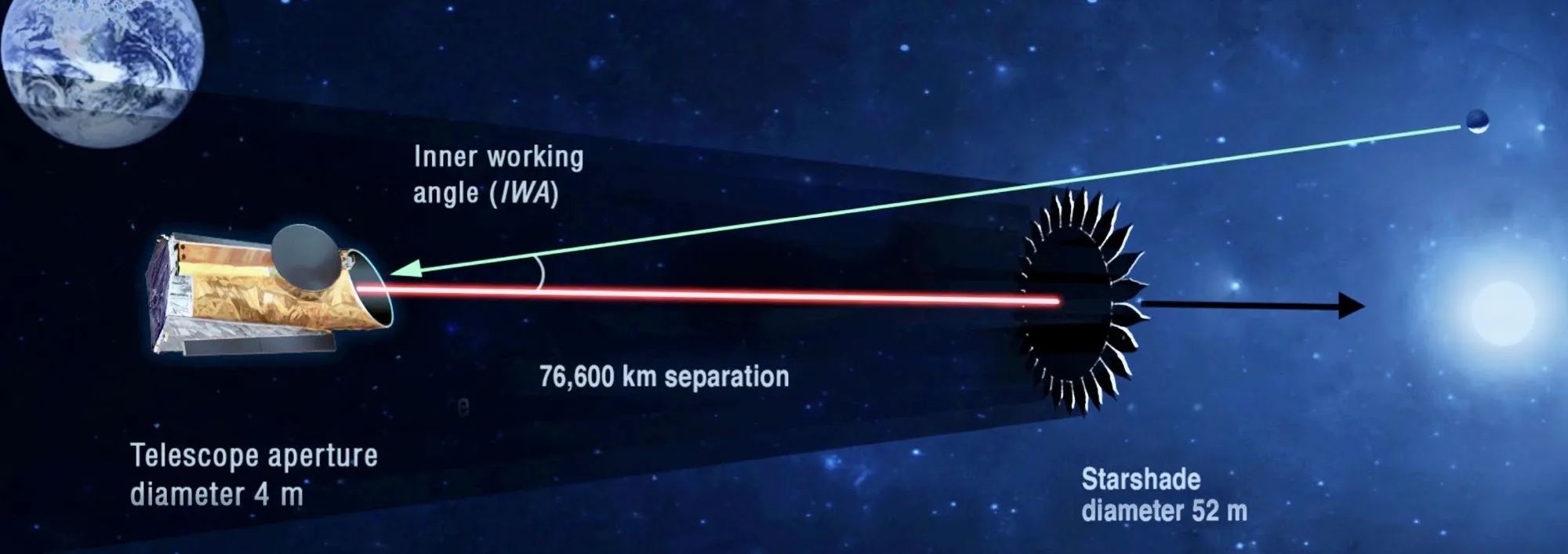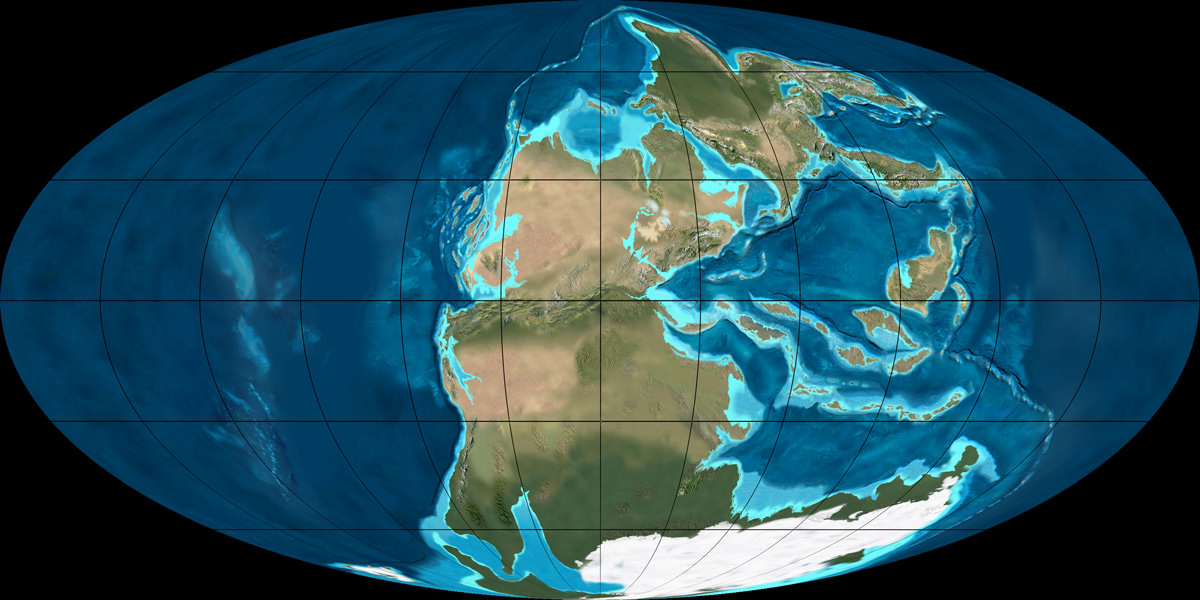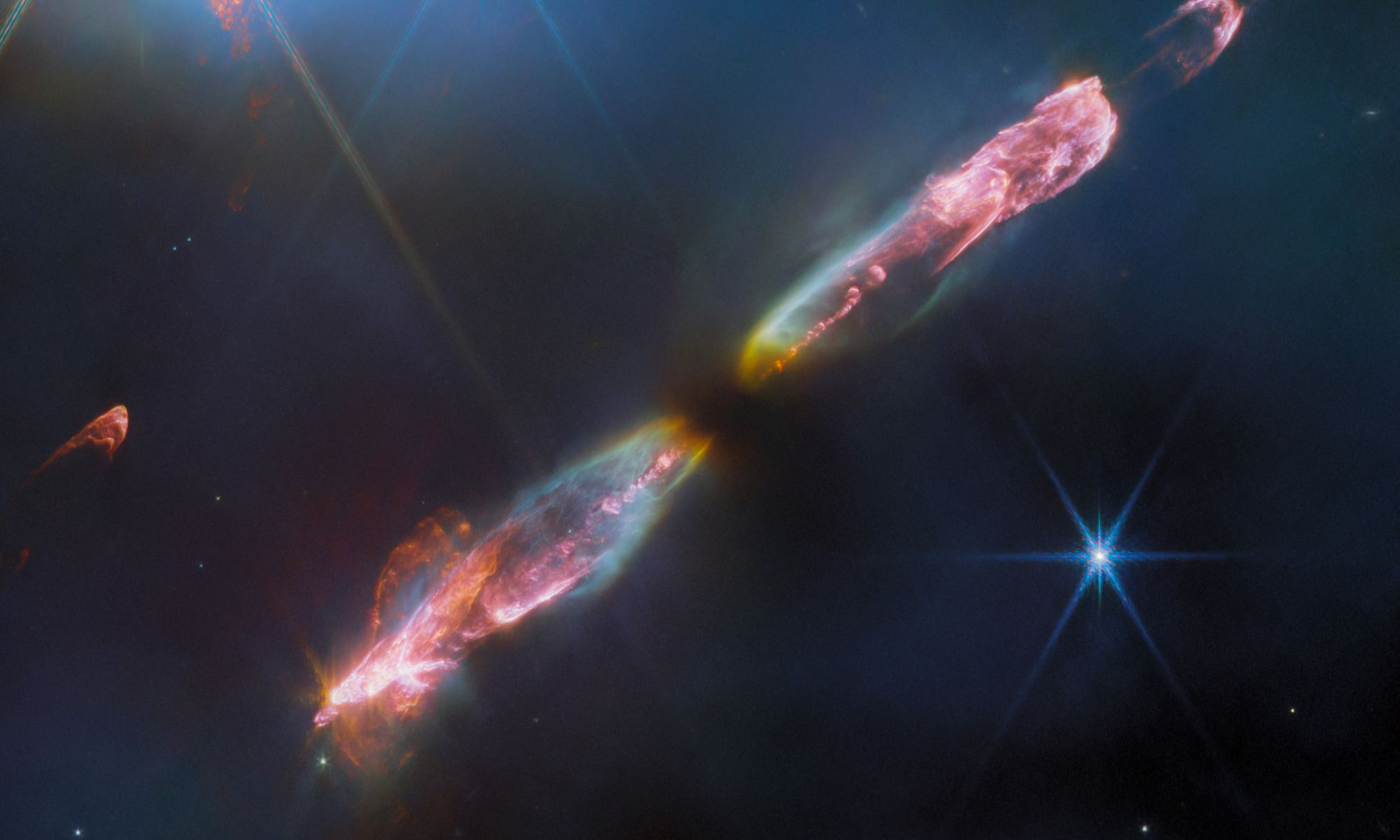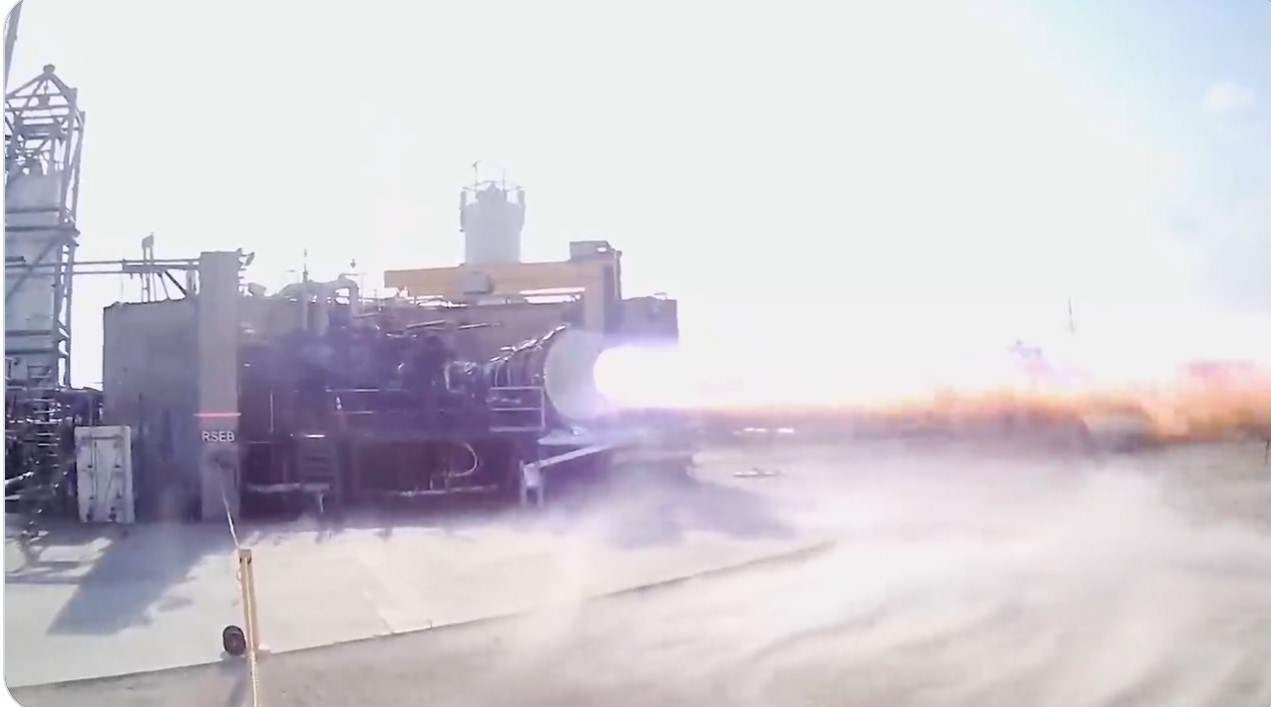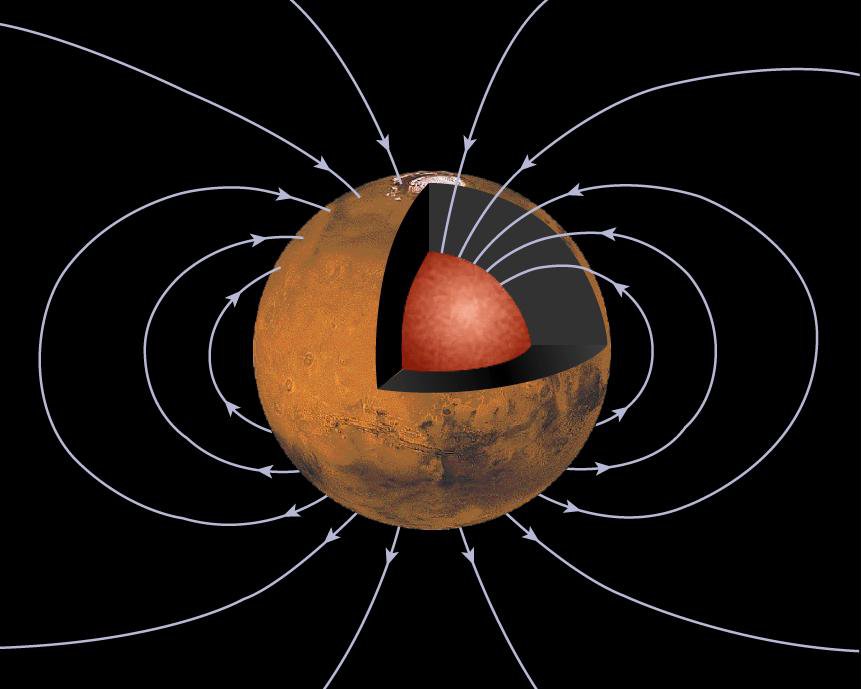The very early Universe was a busy place, particularly when stars and galaxies began to form. Astronomers eagerly search for the farthest galaxy—that elusive “first” one to form. JWST is part of that hunt through its Cosmic Evolution Early Release Survey (CEERS).
Continue reading “The Race to Find the Farthest Galaxy Continues”The Race to Find the Farthest Galaxy Continues
